It’s easy to assume that the animals we see today have always been around, just quietly doing their thing.
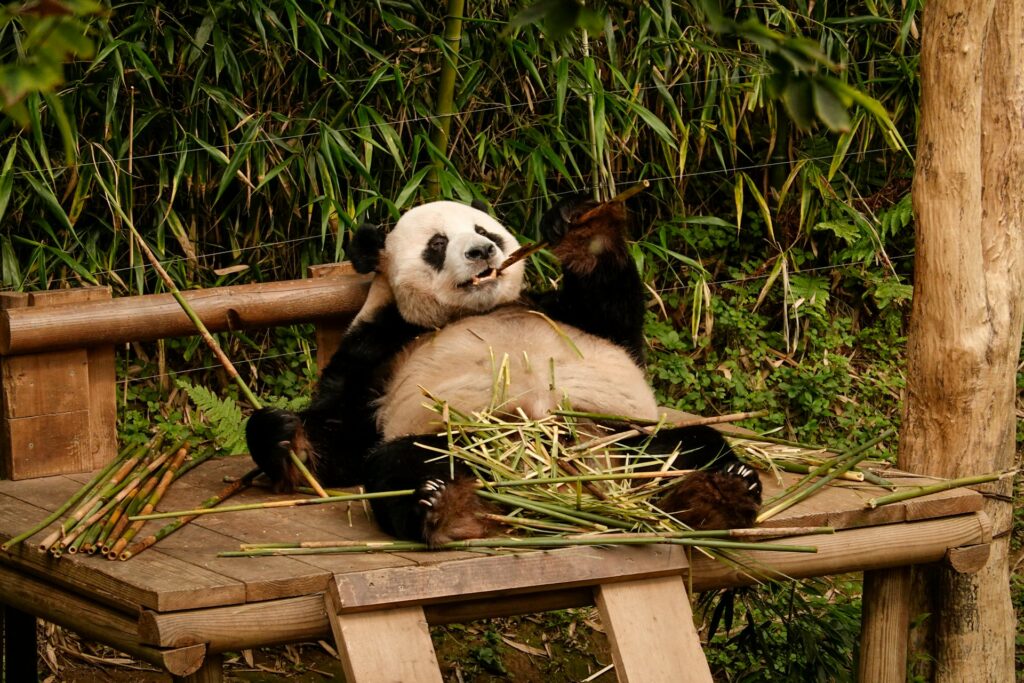
However, the truth is, many of them only exist because they managed to dodge disaster, sometimes by sheer luck. From mass extinctions to human-driven chaos, some of our favourite creatures have survived brushes with total wipeout. These aren’t just tales of survival—they’re reminders of how fragile life on Earth really is, and how close we’ve come to losing some of the animals we take for granted today.
1. Whales and the age of industrial whaling
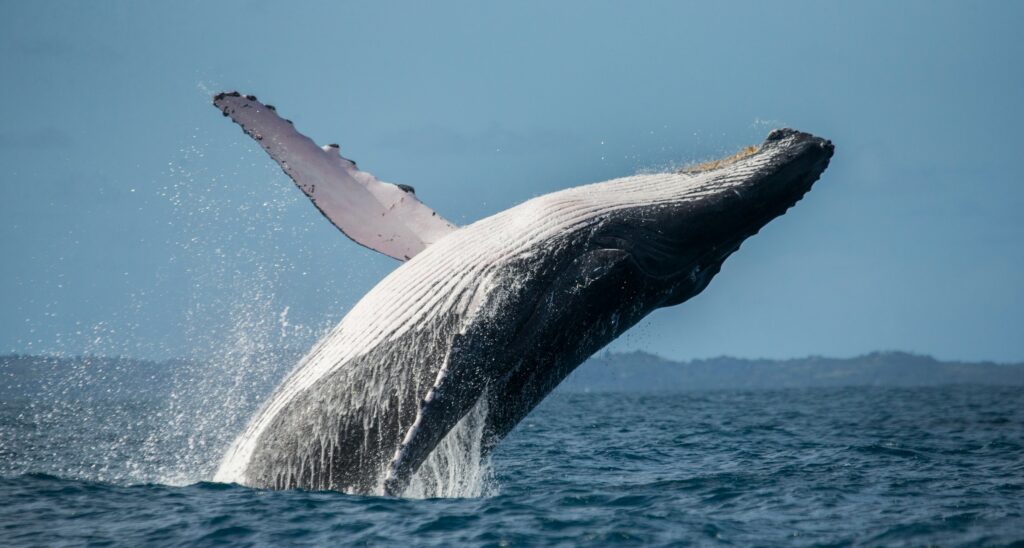
Before factory ships and harpoon cannons, whales had no real predators. But once industrial whaling took off in the 1800s, populations of blue whales, humpbacks, and right whales plummeted fast. Some were hunted down to just a few hundred individuals, making extinction a very real possibility.
Commercial whaling pushed species like the North Atlantic right whale to the edge, and although protections are now in place, recovery has been painfully slow. These ocean giants came terrifyingly close to disappearing entirely—all for oil, corsets, and soap. It’s only thanks to global pressure and conservation that they’re still with us today.
2. African elephants and the ivory trade
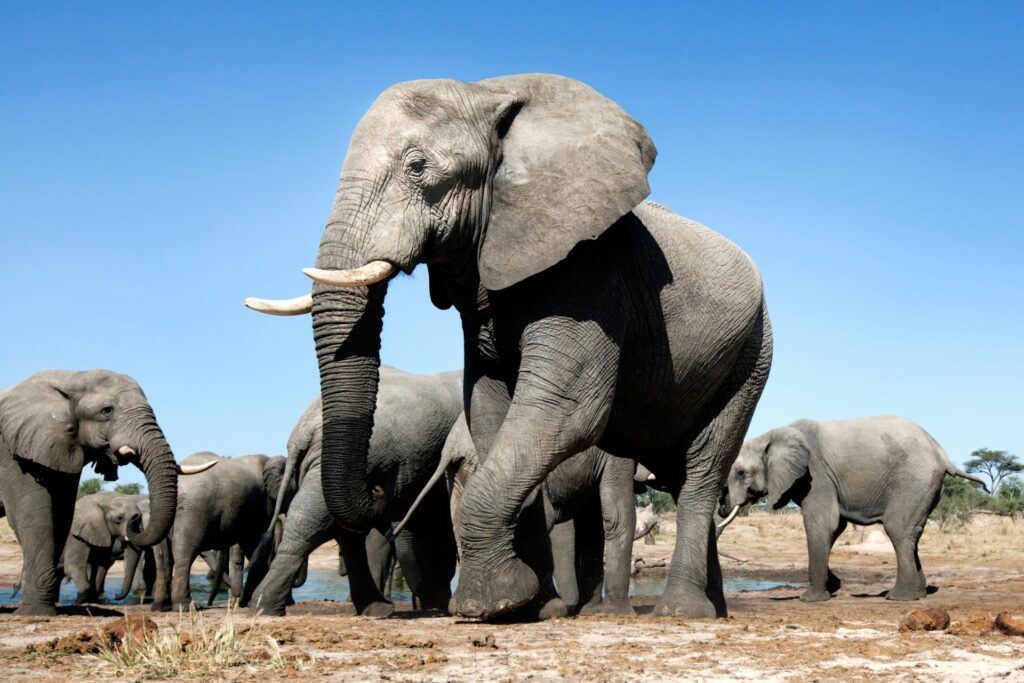
Elephants have been around for millions of years, but in the last few centuries, the ivory trade nearly undid all of that history. The demand for tusks wiped out entire herds, especially during the 20th century, when poaching hit an all-time high.
By the late 1980s, African elephant populations were cut in half. International bans helped slow the slaughter, but poaching and habitat loss still loom large. Without aggressive global action, we were just decades away from turning elephants into ancient history.
3. Wolves and European eradication campaigns
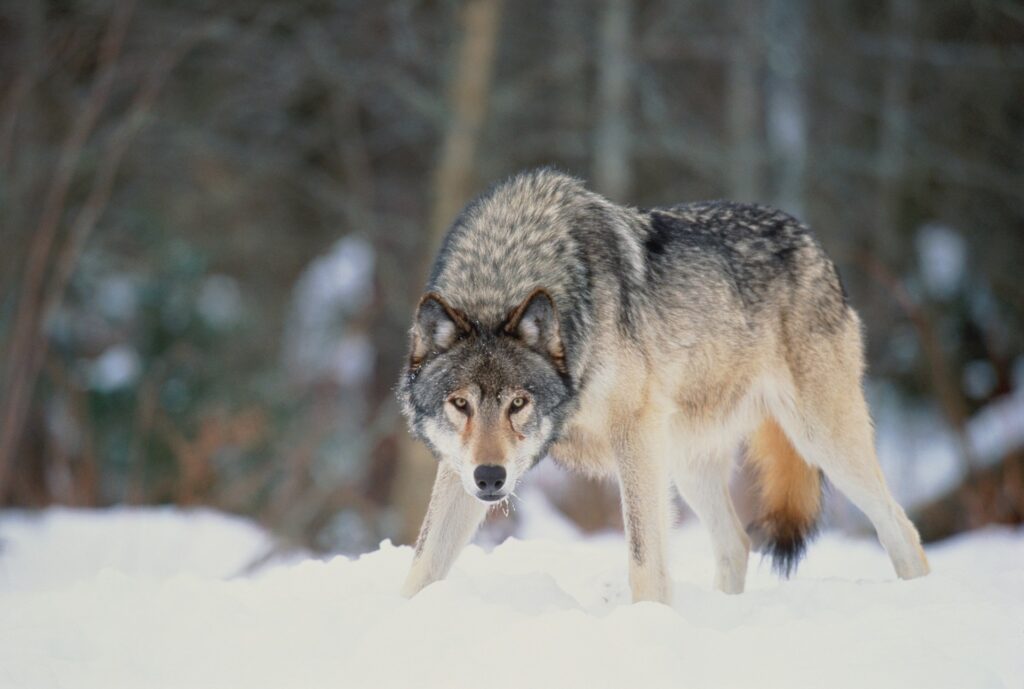
Wolves once roamed across most of Europe, North America, and parts of Asia. However, by the 20th century, many countries had wiped them out. They were blamed for livestock deaths, seen as dangerous, and hunted with brutal efficiency.
In places like the UK, wolves were completely eradicated. And in the US, grey wolves were nearly extinct by the 1970s. Reintroduction programmes and protections have brought some populations back, but it’s been a slow, hard-fought process. They’re a survivor species—but only just.
4. Giant pandas and habitat destruction
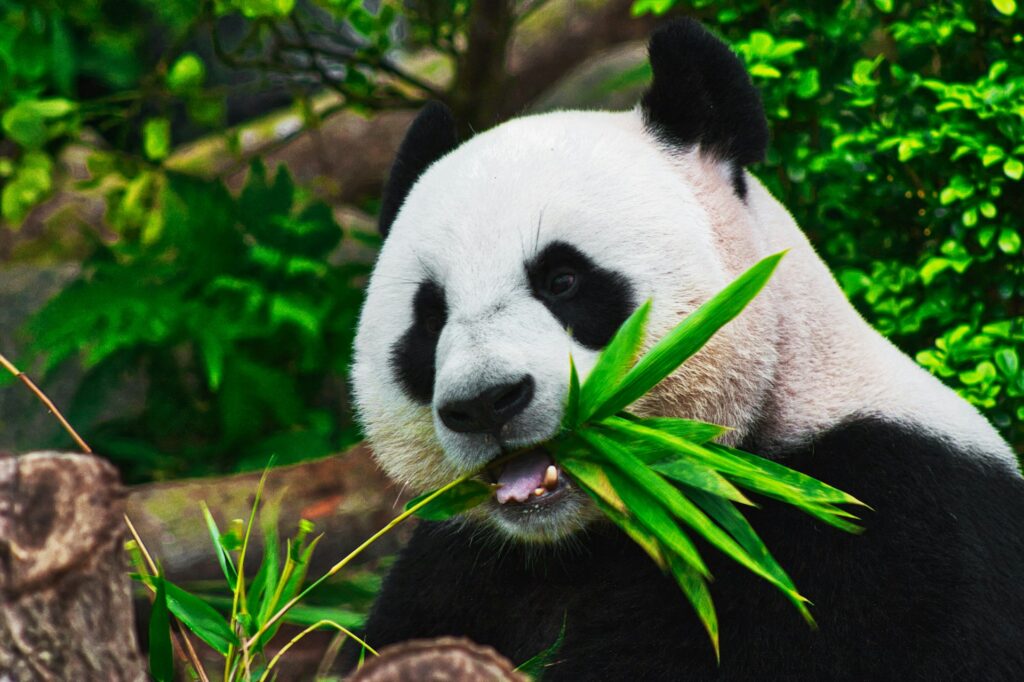
It’s hard to imagine the world without pandas, but we’ve come closer than most people realise. As China’s forests were cleared for farming and development, panda habitat shrank dramatically, leaving isolated groups that struggled to breed.
By the 1980s, there were fewer than 1,000 pandas in the wild. Conservation efforts have made a big impact since then, but it took decades of focused work and major habitat protection to get them off the endangered list. Without serious human intervention, pandas would’ve quietly slipped into extinction.
5. Bison and the American frontier
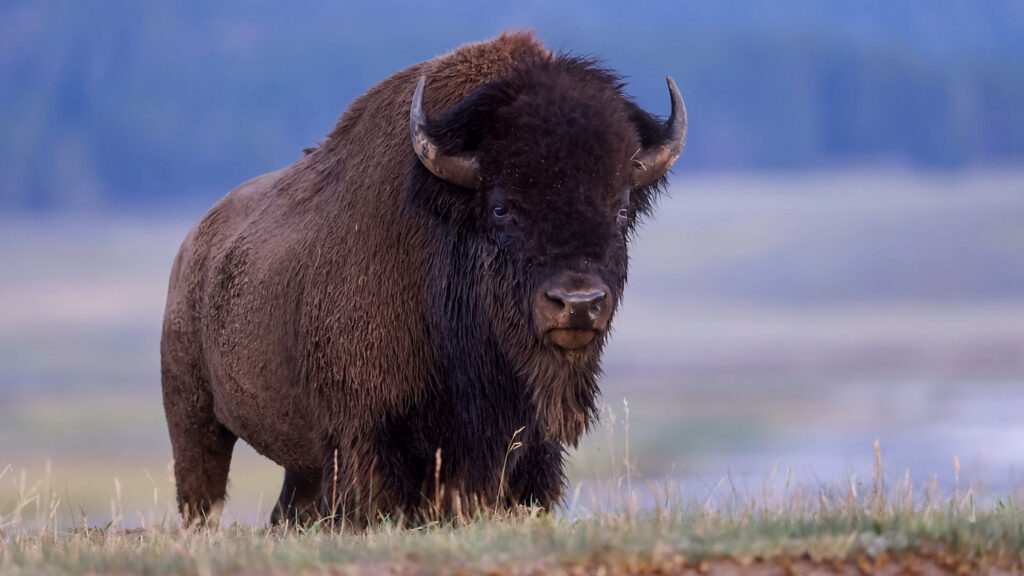
In the early 1800s, tens of millions of bison roamed North America. By the end of that century, only a few hundred remained. The reason? A horrifying combination of overhunting, colonial expansion, and efforts to starve Indigenous communities by wiping out their main food source.
The near-eradication of the American bison is one of the starkest examples of human-led ecological destruction. If it weren’t for a handful of ranchers and early conservationists, these iconic animals would be gone. It’s a story of tragedy, but also of recovery, with bison now making a slow comeback.
6. Sea otters and the fur trade

Sea otters were nearly wiped out by the fur trade in the 18th and 19th centuries. Their dense, luxurious coats made them prime targets, and by the time hunting was banned, populations from Japan to California had been decimated.
In some areas, only a few dozen individuals survived. Thanks to reintroduction efforts and marine protections, sea otters have returned to parts of their original range. However, they’re still vulnerable, and without those last scattered survivors, they’d be nothing more than a historical footnote.
7. Horses and the ice age die-off
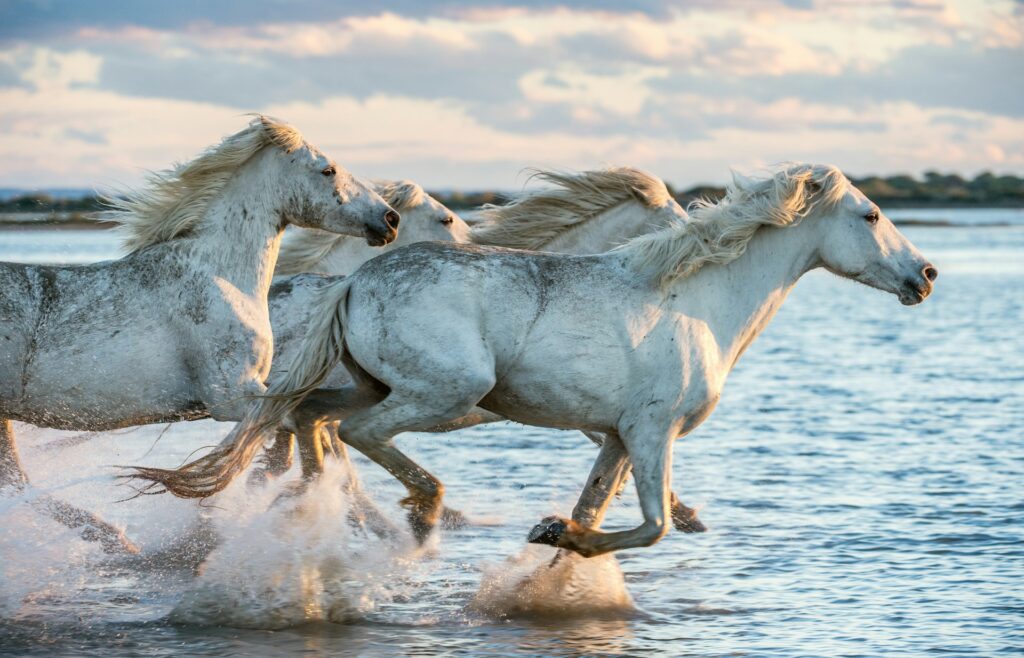
It might surprise you to learn that horses originally evolved in North America, but they actually went extinct there around 10,000 years ago during a mass Ice Age extinction event. Climate change and human hunting likely played a role, and for a while, horses were gone from the continent completely.
They only returned when Europeans brought them back in the 1500s. That reintroduction reshaped entire cultures and ecosystems, especially across the Americas. So yes, technically, modern horses are a comeback story thousands of years in the making.
8. Cheetahs and genetic bottlenecking
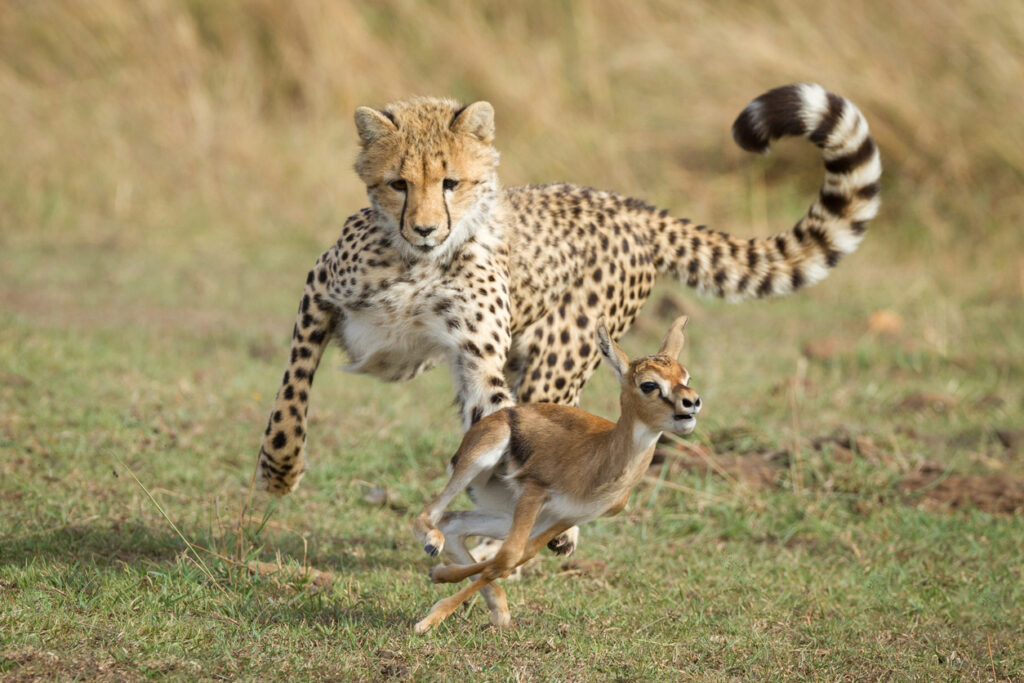
Modern cheetahs are fast—but genetically speaking, they’re in trouble. Around 10,000 years ago, they experienced a major population bottleneck, likely due to environmental change or disease, leaving the species with dangerously low genetic diversity.
That means today’s cheetahs are all basically distant cousins, making them more susceptible to disease and fertility issues. They’re still around, but their narrow genetic makeup is a ticking time bomb. It’s a reminder that sometimes, extinction doesn’t happen in a dramatic flash—it creeps in slowly through biology.
9. Koalas and bushfires
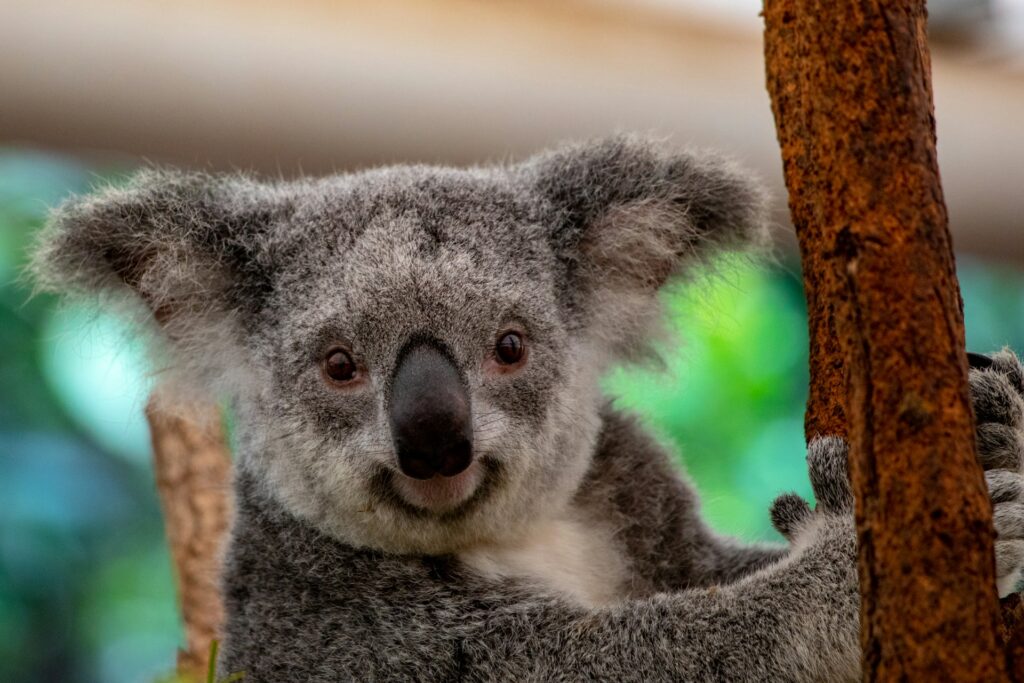
Koalas already face big challenges—deforestation, disease, and shrinking habitat. However, the 2019–2020 Australian bushfires pushed them to the edge. Vast areas of eucalyptus forest were destroyed, and thousands of koalas died in just a matter of weeks.
The fires highlighted just how vulnerable these animals are to climate-related disasters. Conservationists have been scrambling to protect remaining populations, but without serious environmental reform, koalas may be one fire season away from real extinction in parts of Australia.
10. Tigers and the ongoing crisis
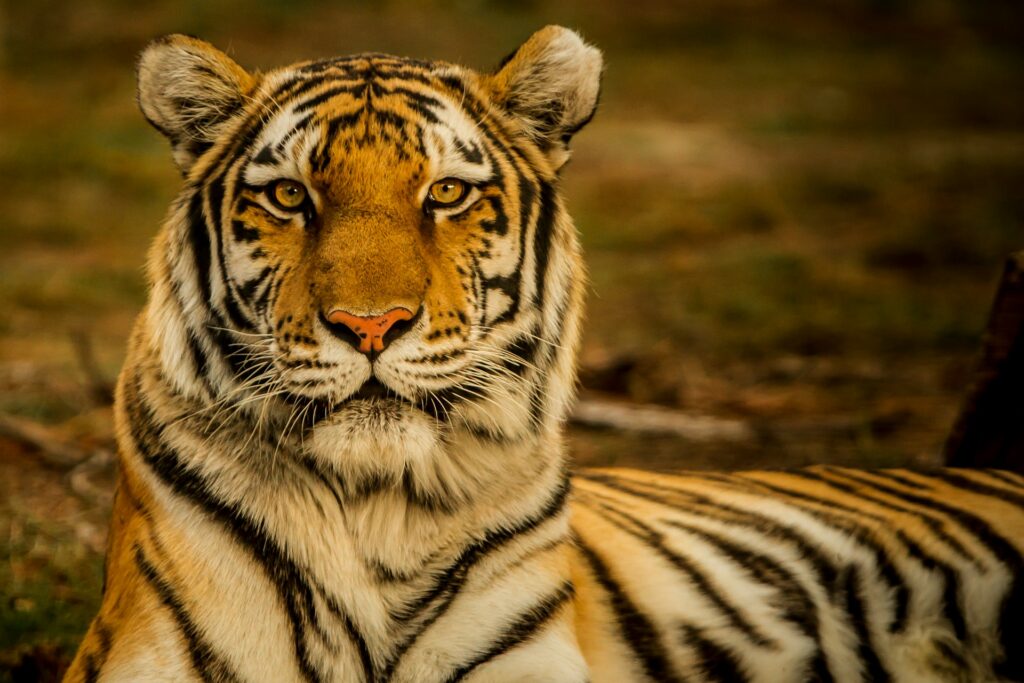
Once widespread across Asia, tigers have lost more than 90% of their range due to habitat destruction and poaching. By the early 2000s, some subspecies had already gone extinct, and others were clinging on by a thread.
Global conservation efforts have helped stabilise a few populations, especially in India and Nepal. But with just a few thousand wild tigers left, they’re still one political or environmental setback away from disappearing completely. They’ve dodged extinction for now, but they’re far from safe.